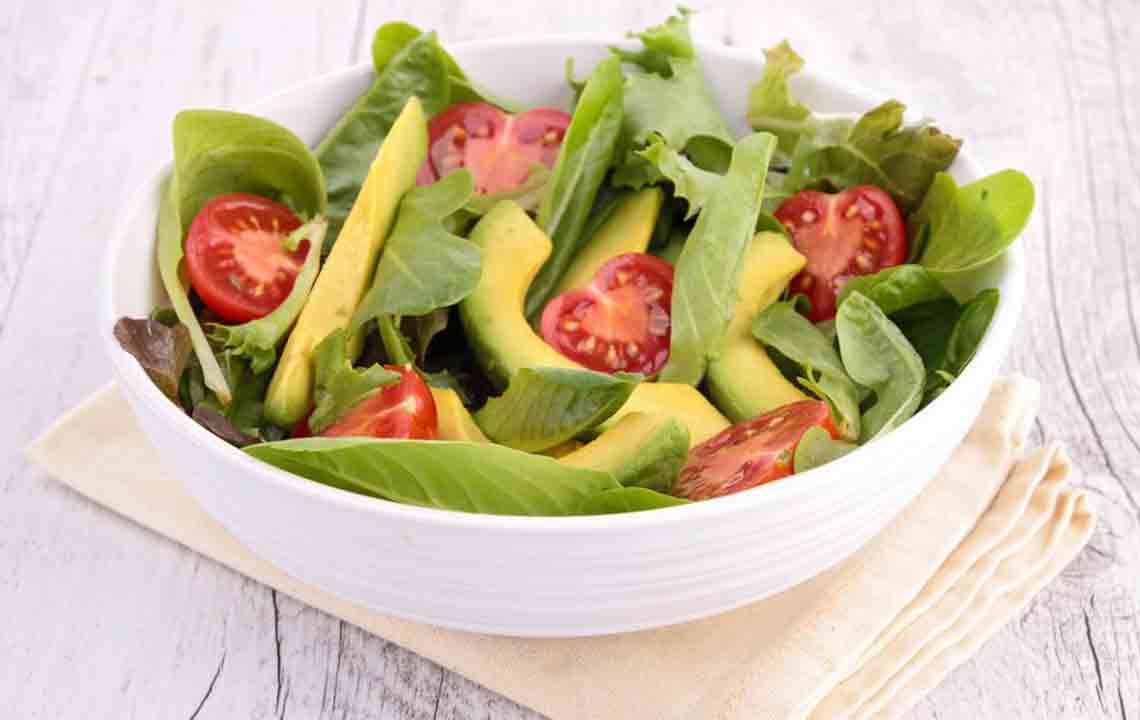Kidney Disease Diet Plan – What You Need To Eat For A Healthy Kidney
Kidney disease interferes with the normal functioning of the kidneys. This means that the kidneys do not filter waste as they normally do, hence leading to waste products and fluids in the body. Symptoms include swelling of the ankles, breathlessness, weakness, vomiting and poor sleep.
It is essential to stick to an appropriate diet that will help the kidneys function well. This also has an impact on other issues such as diabetes and high blood pressure, which may, in turn, worsen the working of the kidneys.
Here’s a list of foods that can make or break a kidney disease diet plan.

Do’s:
Cabbage: Cabbages are an excellent source of phytochemicals. Many phytochemicals protect you against cancer and also aid cardiovascular health. Cabbages are packed with Vitamin K and Vitamin C. They are also rich in fiber, folic acid, and Vitamin B6. Also, they are low in potassium. Cabbages may be consumed steamed or boiled, or you can add them to soups, coleslaws or sandwiches.
Cauliflower: Cauliflowers are rich in Vitamin C, fiber, and folate. They also contain compounds such as indoles and glucosinolates. These help the liver act on toxic materials that could damage cell membranes and DNA.
You can eat cauliflowers in salads, or steamed or boiled and lightly seasoned.
Red Bell Peppers: These are rich in Vitamin C, Vitamin A, Vitamin B6, folic acid, and fiber. You can easily incorporate these into your diet; as they can be added to a variety of dishes from salads to stir-fries.
Apples: Apples help in the reduction of cholesterol, in fighting constipation, and help combat the risk of heart disease. These are rich in fiber and also contain compounds with anti-inflammatory properties. Apples can be eaten in a variety of ways ranging from a quick snack to pies, applesauce, or apple juice.
Berries: blueberries, strawberries, and raspberries are as healthy as they are tasty. Berries are high in antioxidants. These berries are an essential source of fiber and Vitamin C. You can have them juiced, as smoothies or added to cereal.
Garlic: Garlic helps lower cholesterol and also reduces inflammation. Besides providing great flavor, it can also be used in a range of dishes from vegetables and chicken, to garlic bread.
Onions: Onions are high in flavonoids, like quercetin for instance. They also have less potassium and contain chromium. Onions may be eaten raw, or as part of your daily meals, or in sandwiches and salads.
Egg whites: Egg whites are a rich protein source, but have less phosphorus than other sources such as meats or egg yolk, making them ideal for a diet aimed at healthy kidneys. You can make egg white omelets and sandwiches, or add the cooked whites to salads.
Fish: Fish contains high-quality protein and are also rich in Omega 3s, which are fatty acids with anti inflammatory properties. Omega 3s help fight diseases such as heart disease and cancer as they deal with low-density lipoprotein (LDL) also called “bad cholesterol,” and enhance high-n density lipoprotein (HDL) cholesterol, which is “good cholesterol.” Fish such as mackerel, trout, and salmon have high Omega-3 content.
Don’ts:
Sodium: It is essential to limit sodium for a healthy kidney. This means that excess salt, spices, foods containing monosodium glutamate (MSG), or listing sodium or salt as ingredients, should be avoided. You can go for foods labeled “no salt added,” “low-sodium” or “sodium-free.”
Avoid adding salt to your daily meals. Snacks such as chips or popcorn are best avoided or limited. Cured, salted or smoked meats should also be avoided. This includes bacon, ham, sausages, and hotdogs. Fast food and restaurant food should be avoided; this tends to have a high amount of sodium. Salt substitutes should not be used either, as they contain potassium.
Potassium: It is also important to limit potassium in your diet. Fruits that are low in potassium, such as berries, peaches, grapes, pears, apples, and cherries, are all good choices.
You can have vegetables such as broccoli, cauliflower, celery, cucumber, carrots, lettuce, eggplant, cabbage, peppers, and zucchini.
Phosphorus: To limit phosphorus in your diet, stick to a diet that fixes how much milk and dairy you can consume.
Nuts, lentils, beans, peanut butter, sardines and organ meats should be avoided. You should also limit cured meats such as sausages or hot dogs. Avoid bran bread and soft drinks with phosphoric acid or phosphate content.
Excess Proteins: Too much protein is to be avoided. Instead, focus on the right kind of proteins. On the other hand, if your protein consumption is too low, you may feel weak and tired. It is best to ascertain the amount of protein you can consume by consulting your doctor.

